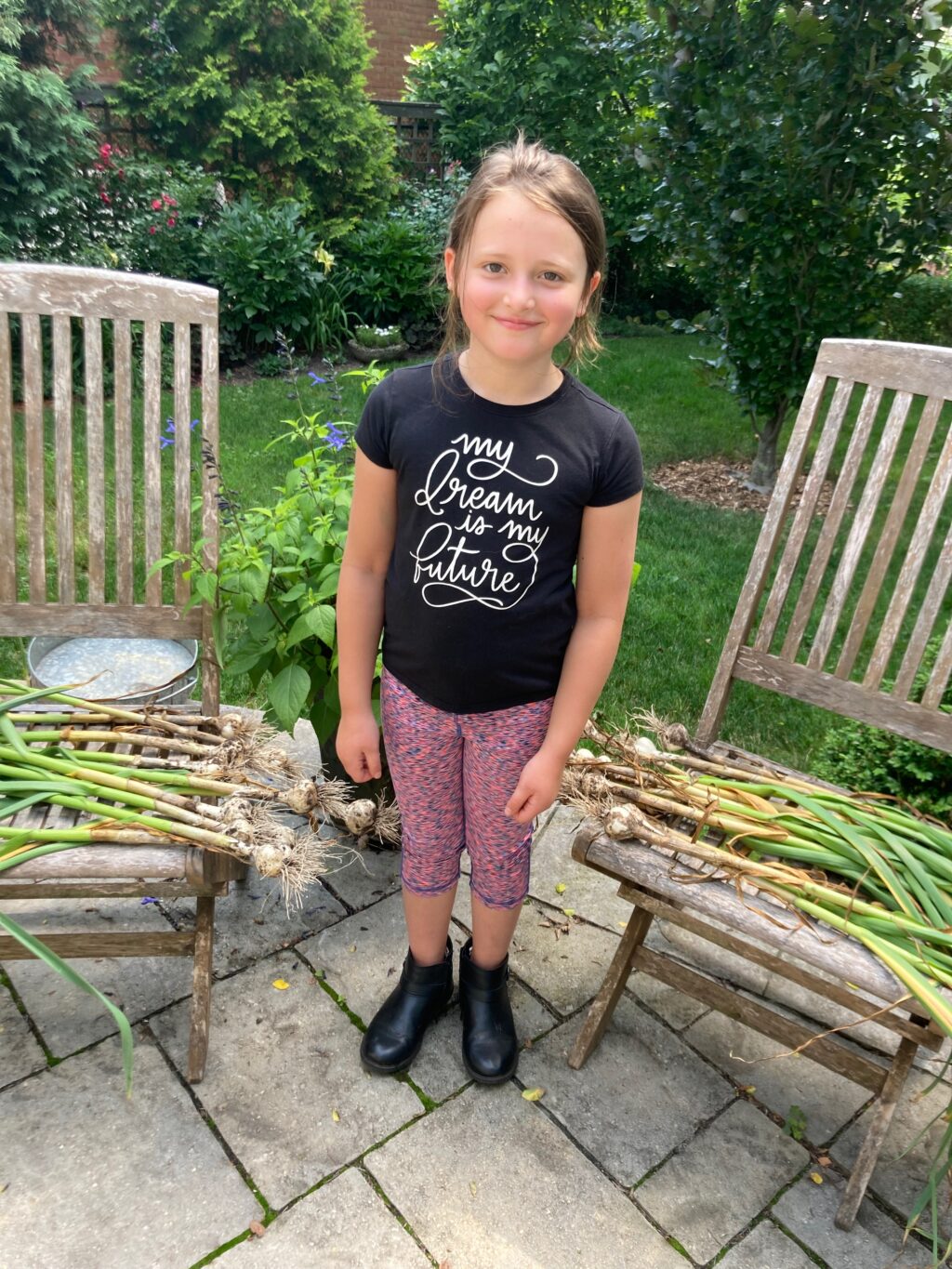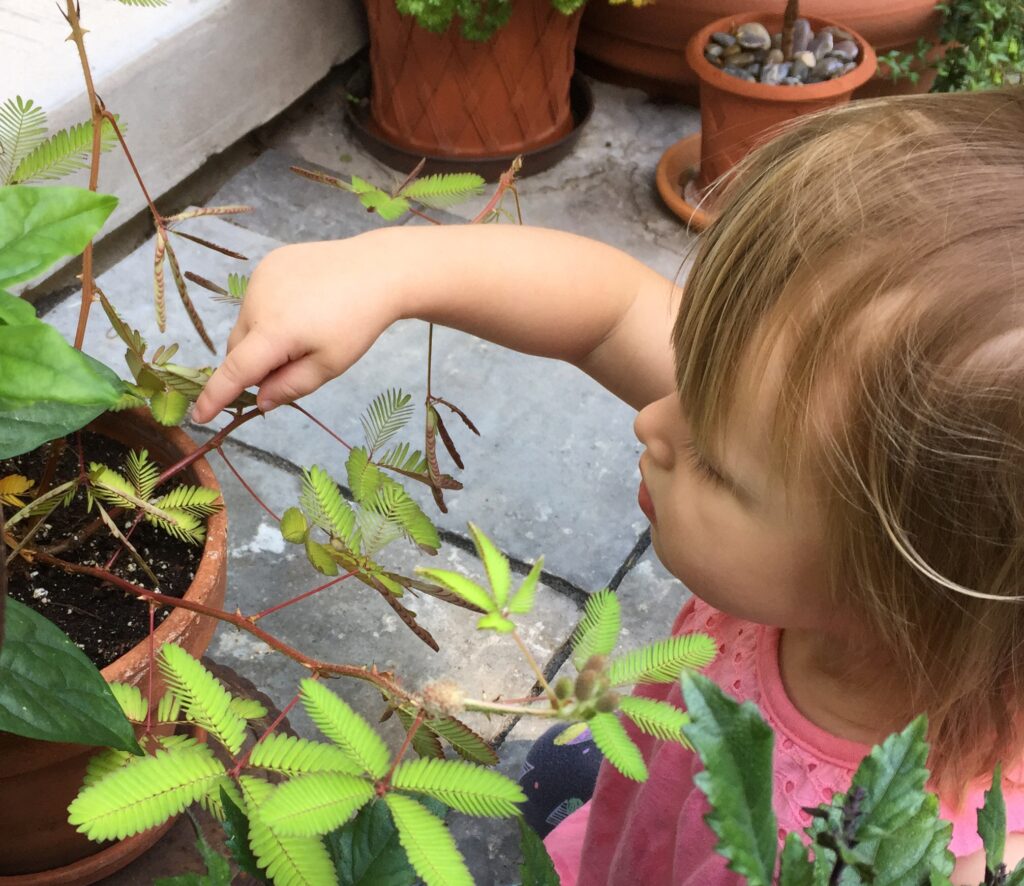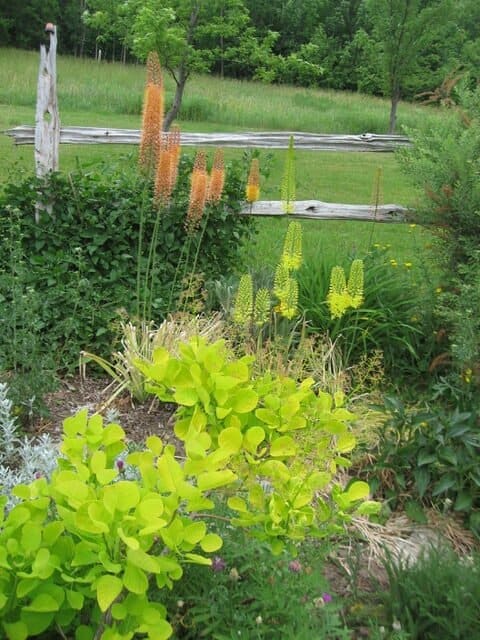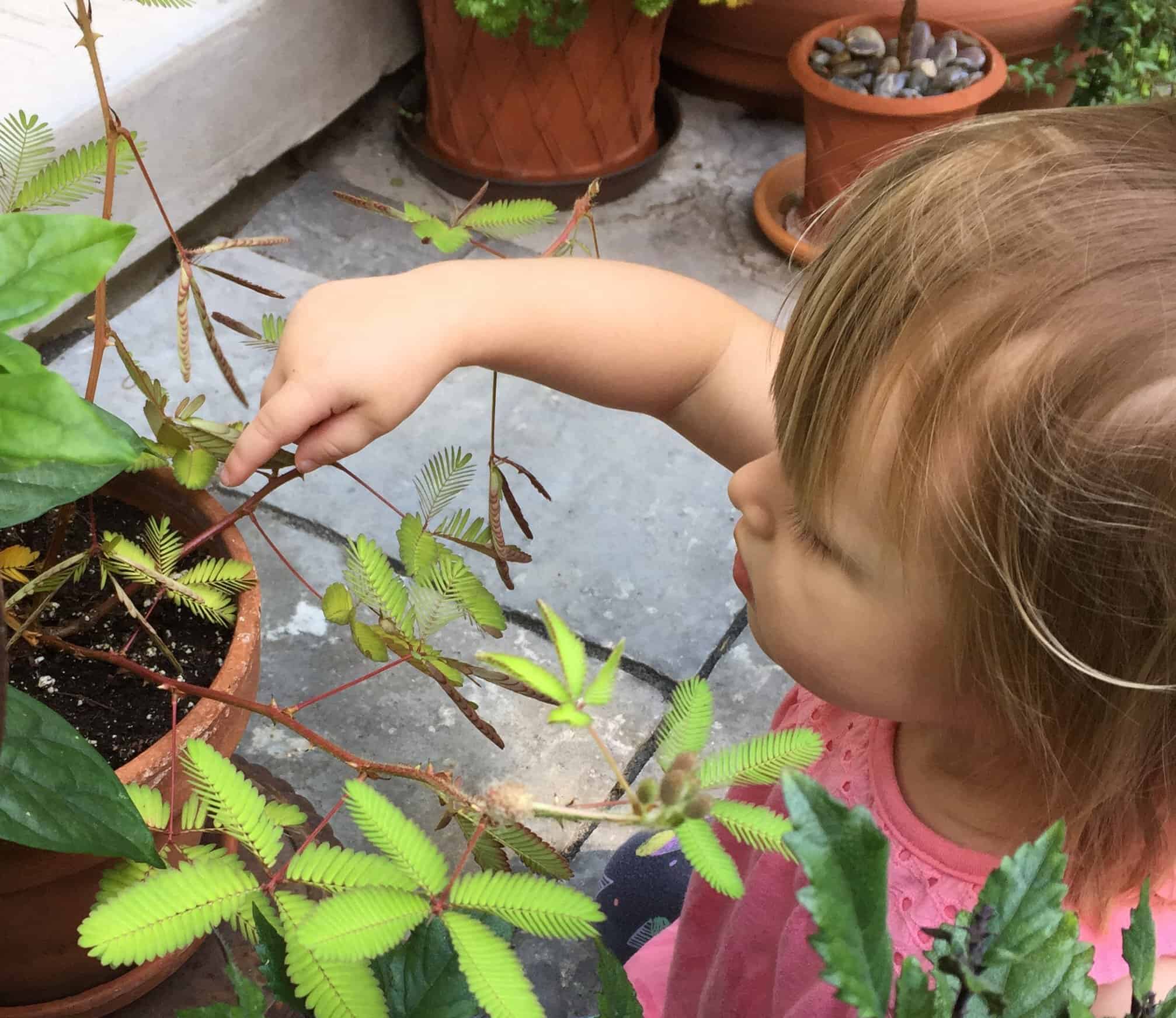What prompts a person to love gardening? Is it when they move into a house and want to beautify their property? Is it when they realize the most local foods they can eat are the fruits and vegetables they grow themselves? Or are they inspired to garden because they knew an avid gardener when they were growing up?
No doubt all these circumstances can be an influence, but I believe many of today’s enthusiastic gardeners grew up with someone who loved gardening — a parent, another relative, a friendly neighbour. Children who see the significant adults in their lives taking joy from their gardens will file those memories away.
When our own children were young, they groaned whenever I took a detour into a garden centre on the way home from school, and protested when expanding perennial beds reduced the size of the back lawn where they played. I despaired that they would ever love gardening. Yet now that they’re adults, they’re both keen gardeners, perhaps forgetting the annoying waiting while I shopped for plants, and instead remembering how happy I was in our garden then (and still am).

Last week, I had another chance to be a good gardening influence when our seven-year-old granddaughter, Mallory, stayed with us on her own for a few days. We pressed flowers, cut bouquets for the house, deadheaded daylilies and harvested garlic. Soon, it will be grandson Jamie’s turn to join me in the garden for a few days.

As well as leading by example, there are myriad other ways we adults can nurture a young person’s interest in gardening — books, scavenger hunts, nature crafts on Pinterest, short hikes in conservation areas— the list goes on. Even a few simple plant choices, such as fuzzy lamb’s ears or sensitive plant (Mimosa pudica), will spark curiosity and create good memories.

Here are two worthwhile books to consider if you’re gardening with children: “Growing with Emma: A gardening book for kids” and “Child’s play: Learning about nature.” And never miss an opportunity to show the children in your life what a satisfying experience being in a garden can be.
When it’s hot, hot, hot
We’re all learning how to cope with more extreme weather events — flooding, drought, soaring temperatures. With this shift comes a shift in plant choices. “Rio portulaca for hot spots” highlights why some plants thrive in intense sun and heat while others don’t.
More gardening views
•. Understanding the pros and cons of GMOs is complicated, and often the topic of heated discussions among gardeners. As with any controversy, it behooves us to rely on science-based, up-to-date information before forming an opinion. Regardless of your stand on the use of GMOs in agriculture, “Learning to love GMOs” in the New York Times is worth reading for its thoughtful perspectives.
•. Two popular garden design styles — the older cottage garden design and the new perennial design — don’t appear to share much in common. “Mixing the cottage garden style with the new perennial approach” on the Fine Gardening website describes how you can take the best of both approaches and create a garden that looks just as wonderful in the fall (one of the strengths of the new perennial design) as it does in summer (when cottage gardens shine).

• Last week’s newsletter included a link to an item on Gardenista with tips on cultivating foxtail lilies (Eremurus species and cultivars), which prompted Willemina B. to send in this photo to show how happy hers are growing in heavy clay soil.

